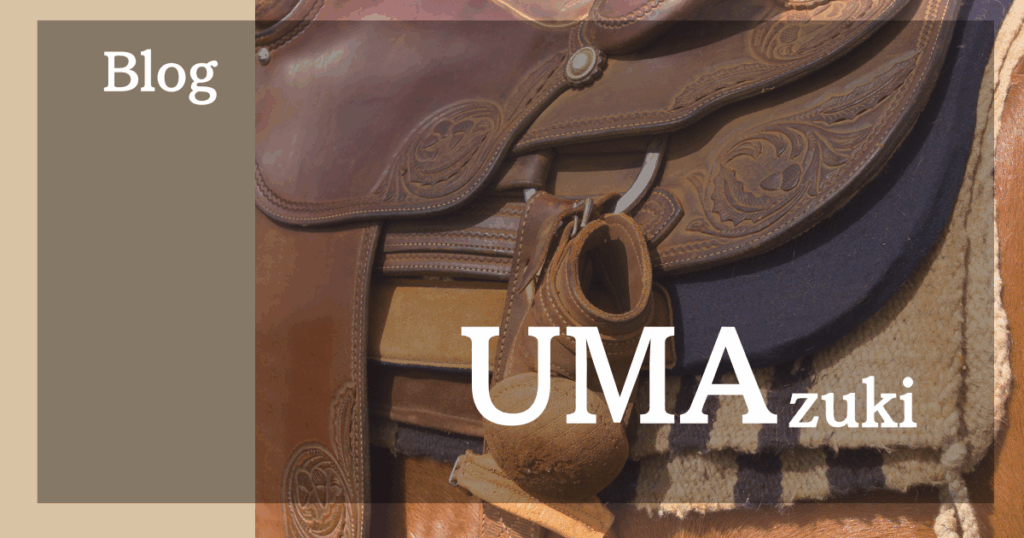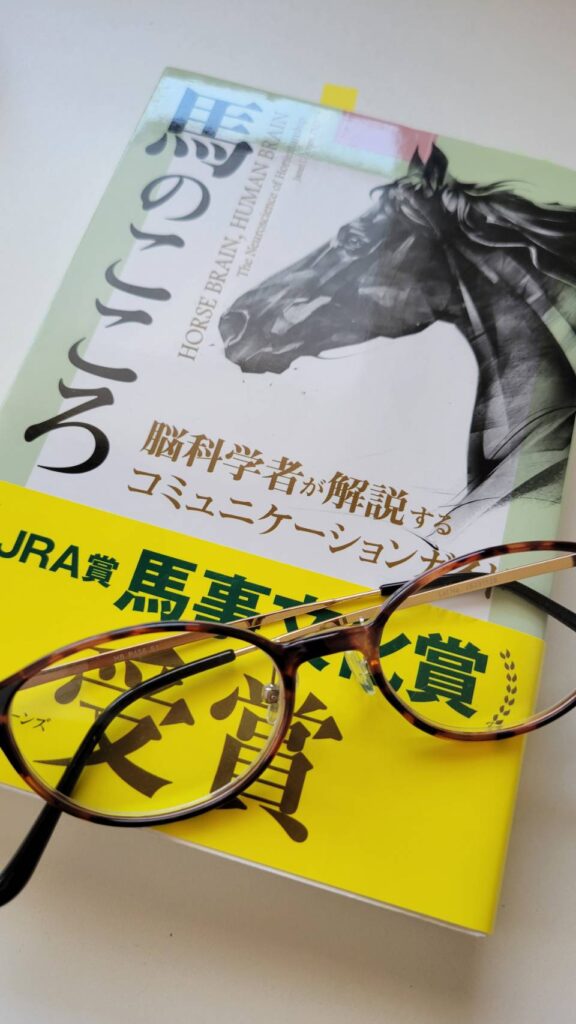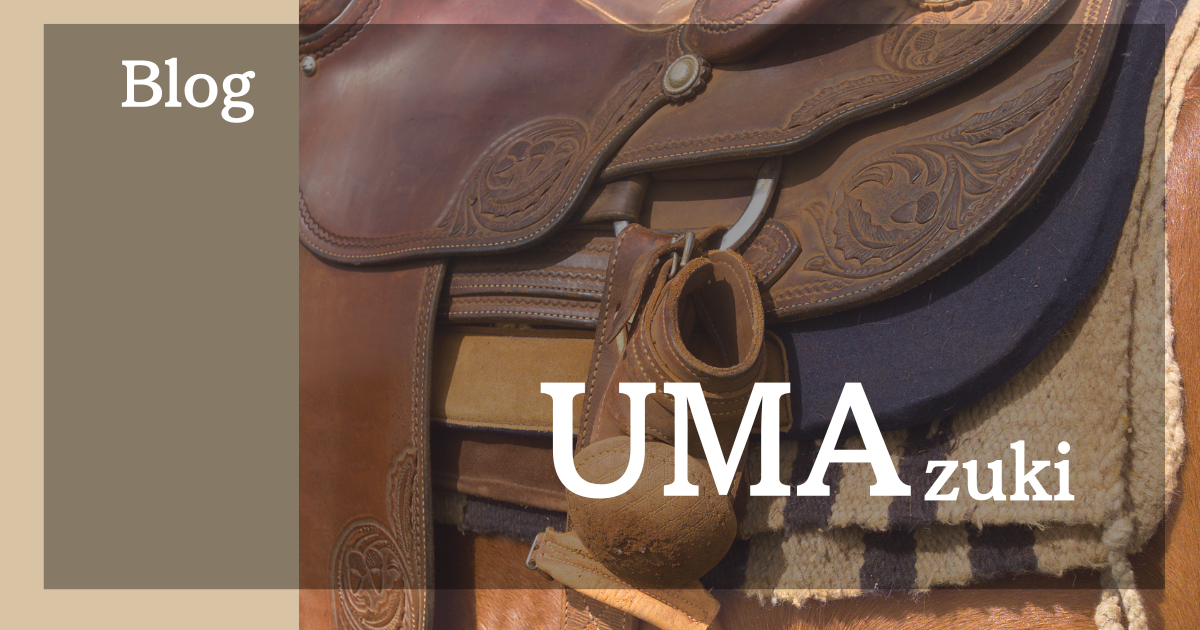
※この記事にはAmazonアソシエイトリンクを含みます
馬の頭の中の世界を想像したことありますか?
最近練習にいくことができないせいか、今日は仕事をしながらふと色々考えてたらやっぱり、馬のこと・・・そして「うまのこころが見えたらどんなだろう…」とふっと浮かびました。
その瞬間、最近読んでいる『馬のこころ』の内容と重なり、馬と向き合うときに大切にしたい姿勢について改めて考える時間になりました。
馬と接していると、「今、この馬はどう感じているんだろう?」という問いにたびたび向き合います。
その答えは決して簡単ではありませんが、私たちは日々の関わりの中で少しずつ“馬の世界”に近づいていくことができると思います。
馬が“馬らしくいられる環境”とは
馬は本来、とても繊細で、周囲の変化に敏感な生き物です。
群れで過ごす安心感や、逃げることで身を守ろうとする本能、一貫した環境の中で予測しやすさが保たれること。
そうした“馬の世界”の基盤が揺らぐと、行動にも緊張や不安が表れるとおもいます。
私たちが気づかない小さな刺激や変化も、馬にとっては大きな意味を持つことがあります。
だからこそ「馬らしさを守ること」は、馬のこころに寄り添ううえで欠かせない視点だと感じています。
人と活動していくために、馬にも学んでほしいことがある
一方で、人と暮らし、人と一緒に働いていく馬には、馬の安全のための学習も必要です。
誘導、停止、スペースの共有、圧への反応など、人と関わるうえで身につけるべき行動はいくつもあります。
しかし、それは“従わせる”ことが目的ではありません。
理想は、馬が理解し、安心し、自分の意志で行動できる状態に近づくことです。
そのために必要なのが、ホースマンシップの考え方だとおもうのです。
ホースマンシップが大切な理由
ホースマンシップは「馬の視点で物事を理解しようとすること」から始まります。
力や勢いではなく、観察と対話の積み重ねで信頼をつくっていく考え方です。
特に大切だと感じるのは次の3つです。
- 馬の視点で世界を見ようとする習慣を育てる
- 一貫したコミュニケーションが馬の不安を減らす
- “行動の意味”を共有できることで、学習がスムーズになる
これらの積み重ねによって、馬との関係はより穏やかで安全なものになっていきます。
『馬のこころ』を読んで、あらためて感じたこと
『馬のこころ』には、馬がどのように感情を扱い、どのように学習し、何を安心の基準にしているかについて、多くのヒントが散りばめられています。
読んでいると、「馬の気持ちを理解する」とは決して特別な力ではなく、
日々の関わりの中で馬が示す小さな変化を観察し、その背景を想像してみること
だと改めて気づかされます。
今日ふと浮かんだ「うまのこころが見えたら」という想いも、実際には
“馬の世界を想像しようとする姿勢”そのものなのかもしれません。
まとめ:馬の世界を想像することから、対話は始まる
馬のこころを完全に理解することはできません。
けれど、馬が見ている世界を想像し、その視点に寄り添おうとする姿勢は、確実に関係を変えていくと思います。
馬らしさを尊重しながら、人と共に安心して過ごすための学習をサポートすること。
その両方を大切にできたとき、私たちは少しずつ“馬のこころに近づく”のだと思います。
明日馬に触れるとき、ほんの少しだけ「この馬にはどう見えているだろう」と想像してみてください。
きっと、いつもよりも静かでやわらかな対話が生まれるはずです。
今回の記事を書くきっかけにもなった一冊を紹介します
私自身、馬と向き合うときに「なぜこう感じるのだろう」「どうしてこの行動が出るのだろう」と考える場面が多く、その疑問に静かに寄り添ってくれたのが『馬のこころ』という本でした。
馬が世界をどんなふうに捉え、どんな要素で安心や不安を感じるのか。
その視点を丁寧に学べる内容で、日々のコミュニケーションを見直すきっかけにもなりました。
特に、“馬が安心を基準に行動している” という考え方は、実際の接し方に直結する気づきが多かったと感じています。
▼本の詳細はこちら
【Amazonで購入できます】

▶私自身、馬と向き合うときに「なぜこう感じるのだろう」「どうしてこの行動が出るのだろう」と考える場面が多く、その疑問に静かに寄り添ってくれたのが『馬のこころ』という本でした。
馬が世界をどんなふうに捉え、どんな要素で安心や不安を感じるのか。
その視点を丁寧に学べる内容で、日々のコミュニケーションを見直すきっかけにもなりました。
特に、“Ⅱ.うまはどう見えているのか” というところは、実際にこんな感じなのかと彼らの世界をちょっと具体的に見ることができた感じがしました。
Have you ever imagined the world inside a horse’s head?
Today, as I was working and unable to make it to training, my thoughts kept returning to horses. The words that suddenly came to mind were, “What if I could see into a horse’s heart?”
At that moment, the phrase overlapped with the contents of the book I’ve been reading recently, “Uma no Kokoro” (HORSE BRAIN, HUMAN BRAI), and gave me time to reflect on the attitude I want to cherish when spending time with horses.
When I’m with a horse, I often find myself asking, “How is this horse feeling right now?”
The answer is never simple, but I believe that through daily interactions, we can gradually come closer to understanding the “world of horses.”
What Does It Mean for a Horse to Be Truly at Ease?
Horses are naturally sensitive and acutely aware of changes in their surroundings.
They find comfort in the presence of their herd, rely on their instinct to flee from danger, and feel safest in a consistent, predictable environment.
When that foundation of their world is shaken, signs of tension or anxiety often appear in their behavior.
Even the smallest changes or stimuli—ones we might easily overlook—can hold great meaning for a horse.
That’s why I believe protecting what makes a horse a horse is essential to truly honoring and supporting their emotional well-being.
There Are Things Horses Must Learn, Too
At the same time, horses who live and work with humans also need to learn certain things for their own safety.
Leading, stopping, sharing space, and responding to pressure—these are just a few of the many behaviors that help ensure safe and harmonious interactions.
But the goal isn’t to make them submit.
Ideally, the horse should be able to understand, feel secure, and choose to act with a sense of clarity.
This is where the philosophy of horsemanship becomes so important.
Why Horsemanship Matters
Horsemanship begins with the willingness to see things from the horse’s point of view.
It’s not about force or dominance, but about building trust through patient observation and gentle communication.
Three principles I find especially valuable are:
- Cultivating the habit of seeing the world through the horse’s eyes
- Using consistent communication to ease their anxiety
- Sharing a mutual understanding of “why” behind each action
Over time, these small efforts create a calmer, safer, and more connected relationship with the horse.
Reflections from Reading The Heart of Horses
This book offers many insights into how horses process emotions, how they learn, and what helps them feel safe.
It reminded me that understanding a horse’s feelings is not some special ability.
Rather, it’s about noticing the subtle changes in their behavior and imagining the emotions behind them.
The phrase that came to me today—“If only I could see into a horse’s heart”—might actually be another way of saying:
A willingness to imagine their world and meet them where they are.
In Closing: Dialogue Begins with Imagination
We may never fully understand a horse’s heart.
But by trying to imagine the world through their eyes and approaching them with empathy, we begin a quiet, meaningful dialogue.
Respecting their nature while guiding them to safely coexist with humans—both are equally important.
And when we honor both sides of that relationship, I believe we take one step closer to truly connecting with a horse’s heart.
So the next time you’re with a horse, pause for a moment and wonder, “What might this horse be seeing right now?”
You might just find a quieter, softer conversation waiting to unfold.



コメント